‘Final Fantasy XVI’ Is a Cinematic Peak for a Never-Ending Franchise
- Oops!Something went wrong.Please try again later.
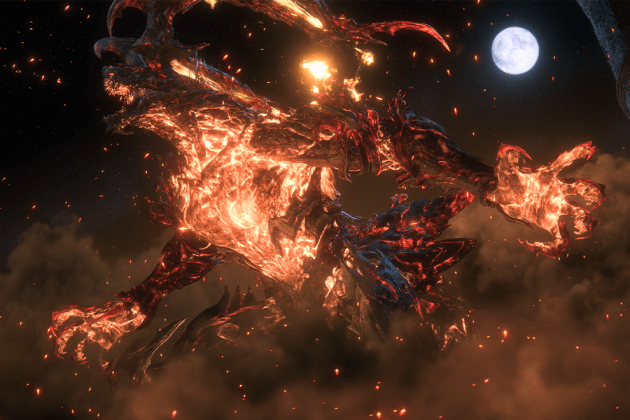
Final Fantasy XVI works because of its desire to push the series in a new direction, influenced by all kinds of western media, while still celebrating its own quirky spirit. It doesn’t reinvent or subvert its original concepts — there are still crystals, chocobos, and scenery chewing villains — but it trades anime tropes and modernist sci-fi saga for a medieval, gothic fantasy built on the relationship between light and dark (emphasis on the dark). The most mature entry the series has ever seen, it delivers a ruthless and deeply personal tale that will emotionally level you over the course of its engrossing story.
Related
'Final Fantasy XVI' Aims to Thrive Where 'Game of Thrones' Failed
'Diablo IV' Conjures Up a Bloody Good Time
Forspoken: A Formulaic, Albeit Thoughtful Take On the Open-World Genre
Like Game of Thrones, Final Fantasy XVI’s narrative is heavily inspired by the political throes of medieval Europe. The fictional land of Valisthea is divided into six realms living under the blessing of their Mothercrystals only to see their continents be ripped apart by a mysterious Blight that’s causing rapid chlorosis. The world’s aether is fading and with Bearers — enslaved humans with the ability to cast magicks without a crystal — facing their own demise, the kingdoms turn to their Dominants to seize their rivals’ territory for their own. Dominants are hosts with the power to physically transform into Eikons, FFXVI’s Evangelion-sized take on the series’ summons (see Ifrit, Shiva, and Bahamut), and hell breaks loose when the Grand Duchy of Rosaria’s protector, the Phoenix, meets its end after a conflict with a mysteriously unknown second Eikon of Fire.
More from Rolling Stone
‘Final Fantasy XVI’ Aims to Thrive Where ‘Game of Thrones’ Failed
Forspoken: A Formulaic, Albeit Thoughtful Take On the Open-World Genre
The narrative threads mirror parts of Final Fantasy IV, Tactics, and XIV: A Realm Reborn, and at the center of it all is Clive Rosfield, a First Shield of Rosaria who is tasked with guarding his brother Joshua, the Phoenix, until he is enslaved as a soldier for the Holy Empire of Sanbreque. FFXVI traces three distinct periods of Clive’s life — his teens, twenties, and thirties — and it goes to lengths to detail his shifting roles as an assassin-for-hire, to a sibling obsessed with revenge, and ultimately to a leader who endures a sorry tale of sin and suffering to materialize the hopes and dreams of others. He’s more of a tragic protagonist than FFX’s Tidus or FFXV’s Noctis, and similar to FFXIII’s Lightning, his is a journey of self-discovery defined by emotional adversity and acceptance.
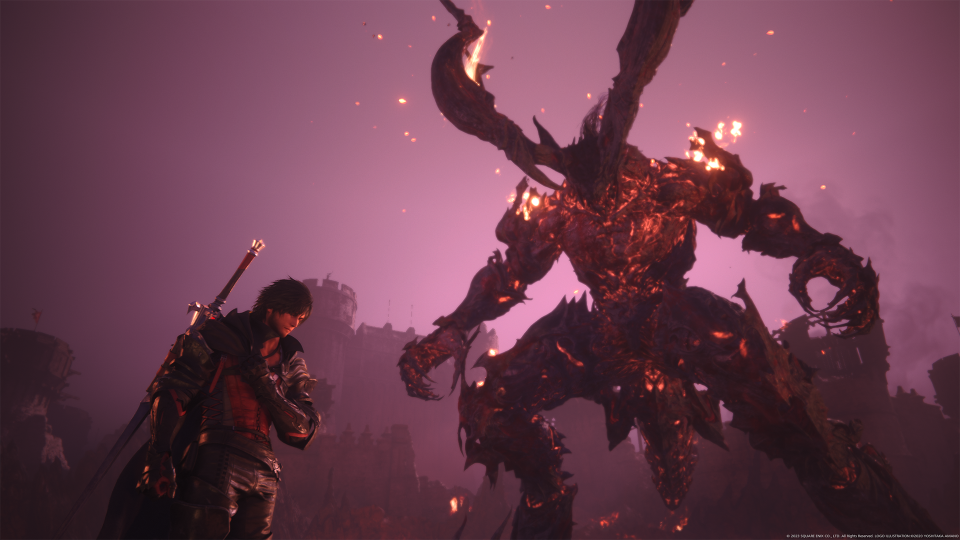
Clive isn’t a static character and his complexity helps make Final Fantasy XVI compelling. He has his emo phases, but voice actor Ben Starr (Netflix’s You, Sky’s Jamestown) delivers a level of intimacy that underlines every turn with brutal honesty, to the point where even smallest beats hit hard. Jill Warrick’s (Susannah Fielding) supporting role is strikingly poignant and sets a high standard for female leads in the series with greater sense of agency. Rounding out the cast are delightfully characterized NPCs — including Charon, Blackthorne, Tarya, and “Mid” in the Hideaway — as well as the major players like Cidolfus Telamon (Ralph Ineson), Benedikta Harmon (Nina Yndis), and Barnabas Tharmr (David Menkin).
And then there’s the combat, which is a dizzying emotional rollercoaster on its own.
Instead of reinterpreting the AI-focused buddy system of Final Fantasy XV or expanding on Final Fantasy VII Remake’s hybrid turn-based and real-time combat, FFXVI focuses on two components: accessibility and blistering real-time action. Designed by Ryoto Suzuki (Devil May Cry 5, Dragon’s Dogma), combat here is empowering, yet accessible to newcomers and hardcore player alike thanks to the game’s “Story Focused” and “Action Focused” modes. The former allows players to opt into using equippable accessories that slow down the action at critical moments to make the execution of moves more manageable. The latter is a satisfyingly complex series of systems that lets the action go unleashed.
Either way, players can use standard melee attacks, magic spells, evades, or supporting commands for Clive’s wolf companion Torgal, as well as dedicated buttons for Eikonic Feats and Eikonic Abilities. These allow Clive to wield the power of specific elements, cycling through powers at will to induce a seamless flow of elemental damage. Each skill can be upgraded through ability points and mastered.
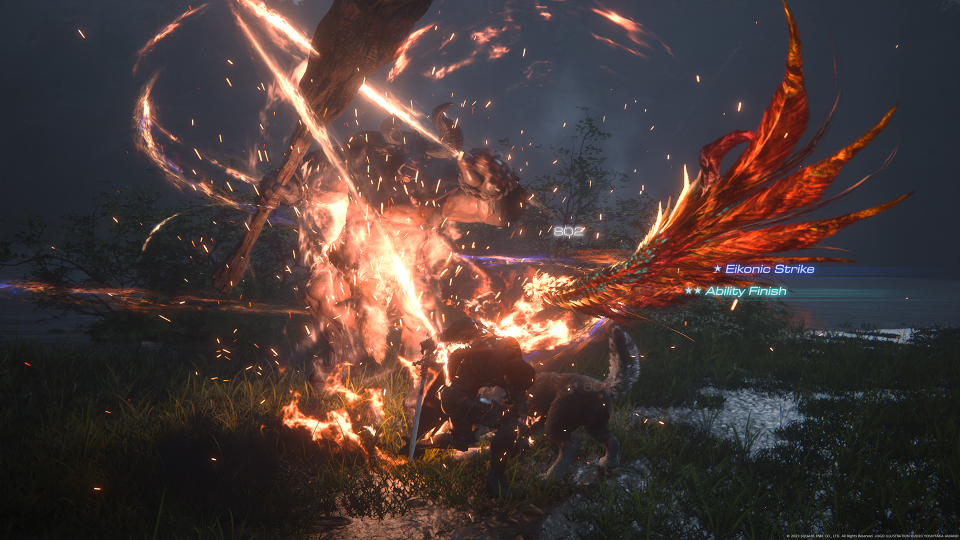
It’s a system that requires a few trial runs, but the way combat evolves over time is what makes Suzuki an action-RPG wizard. Moves that start with a Phoenix Shift and a Magic Burst graduate into more complex strings adorned by perfect dodges, counters, and parries. Executing these balletic combos drawing from six different elemental Eikons while juggling opponents in midair is a dance like no other. FFXVI’s combat certainly lacks stat allocation and fashion that extends beyond Clive’s sword, but it’s quickly offset by a multitude of combat scenarios, including time trials, stage replays, a scored-based arcade mode, and New Game+.
Being a Final Fantasy title, there is always something to do. The Hideaway is a central hub in FFXVI that comes with its own item shop, blacksmith, and FFXIV-style Orchestrion that immediately adds any sheets of music that are acquired from main quests and treasure coffers. There’s also a Hunt Board, run by a Moogle named Nektar, that assigns bills for marks (with extra snark), The Arete Stone (and Hall Of Virtue) that provides a “virtual” training ground outside of the game’s main world to test out new abilities, and two historians who catalogue the game’s ongoing and ever growing story in a feature called Active Time Lore. Think of it as Cliff-Notes that instantly provides the low down on character relationships and past and current Valisthean affairs at the touch of a button.
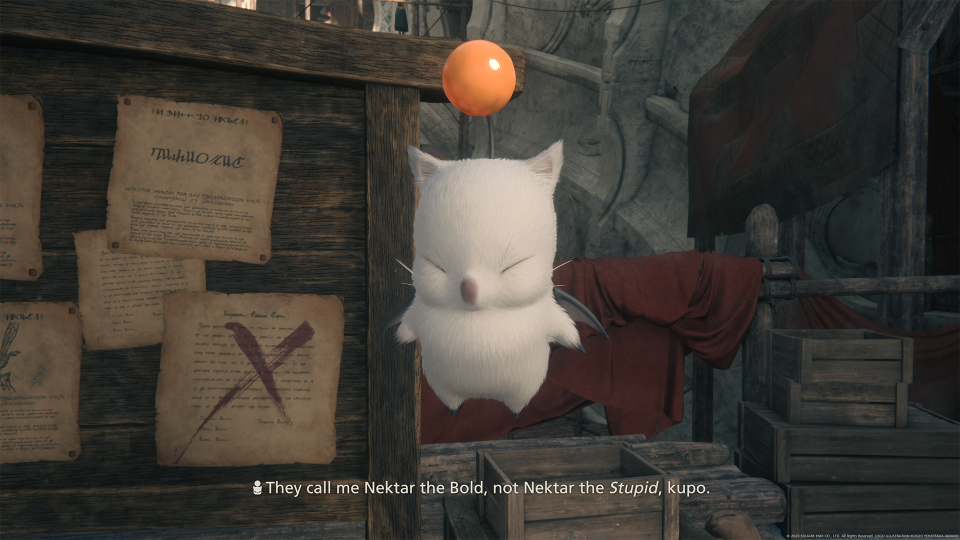
Final Fantasy XVI is also home to dozens of side quest missions that help familiarize Clive with the rest of the world and add context to the bonds he forms with other factions around Valisthea. They’re cutely written and titled (“What A Bird Wants”, “Please Sir, Can I Have Some Morbol?”), and often build on some of FFXVI’s more exciting sub-characters — including L’ubor, Eloise and Theodore, and Isabelle of the Veil — but they struggle to have an impact in the first few chapters. While there’s some storylines deserving your attention, there are many that simply bisect the main quests at the most inconvenient times.
For what it’s worth, Final Fantasy XVI rarely slows down. It begins with a theatrical confrontation between Ifrit and The Phoenix and urgently shifts gears, turning the clash into a Panzer Dragoon rail shooter with Masayoshi Soken’s score tearing at your senses with vicious violin tones. Its frenetic pacing builds its own limit break of narrative twists, QTE action, visceral real-time gameplay, and kaiju sized Eikon battles that toe the line between God of War and Attack on Titan. And just when you think it’s over, it does it again. And again.
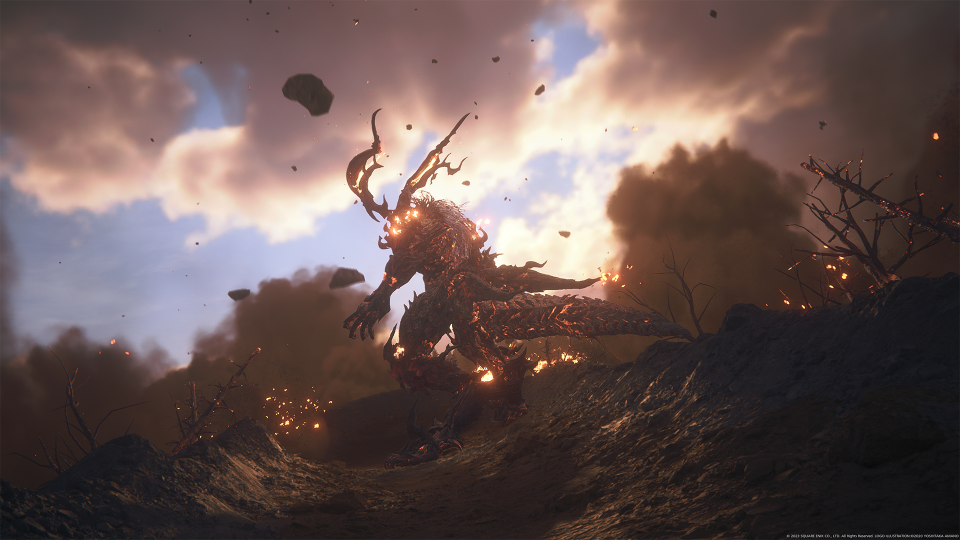
As a multihyphenate success, Final Fantasy XVI sets its sights on being a timeless fantasy adventure. It embraces new combat tactics, puts breathtaking art direction and character design on full display, and pushes the boundaries of what a Final Fantasy game can be. It’s a more mature story that illustrates a protagonist’s will to fight and survive in periods of turmoil, and it concludes in ways Game of Thrones failed to deliver. Final Fantasy XVI is “chorus building” and it never crescendos until its final moments.
Square Enix’s Final Fantasy XVI is out June 22 for PlayStation 5.
Best of Rolling Stone

